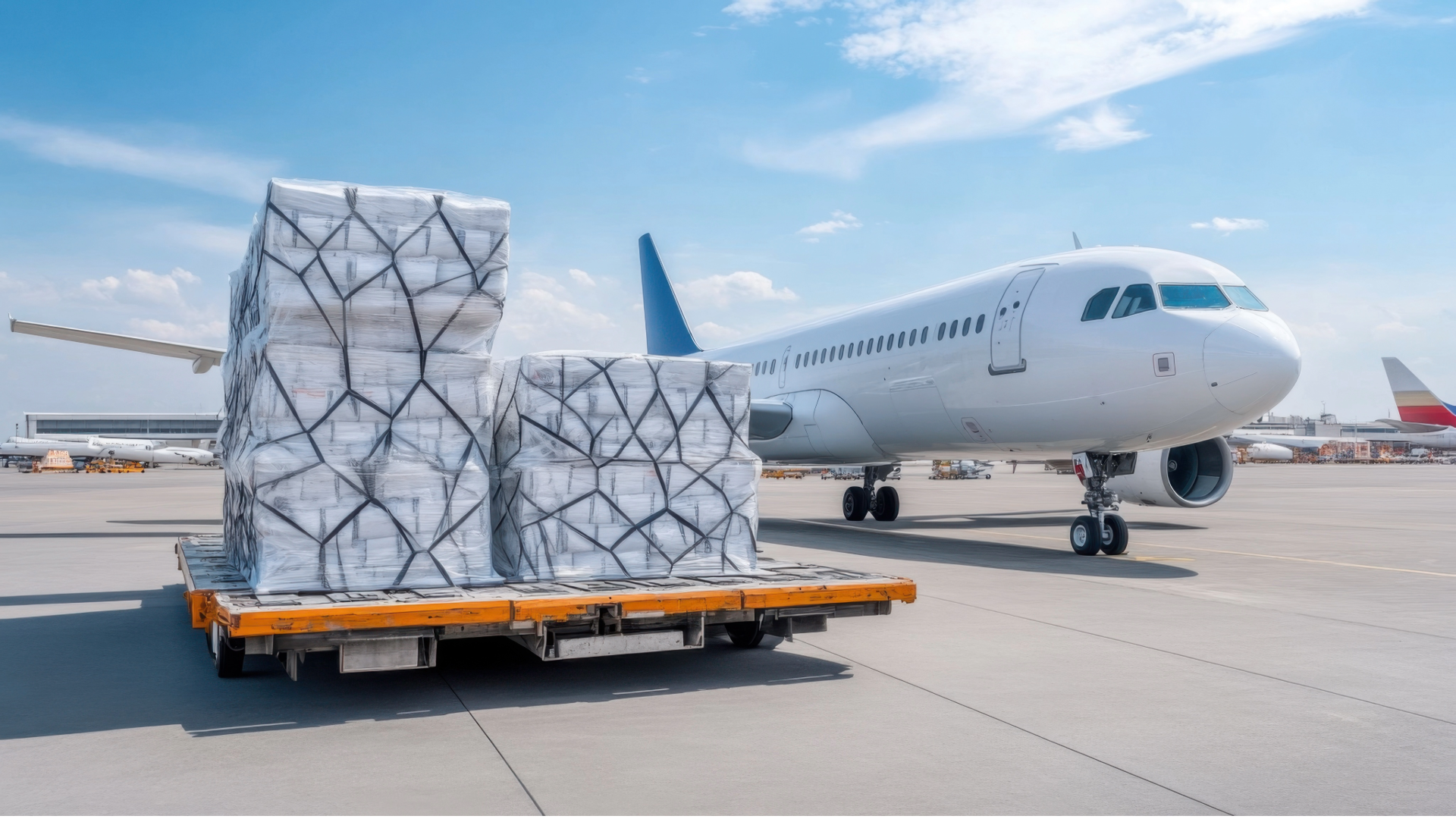Dholera International Airport: Real Estate Impact Explained
Airports tend to act as economic accelerators. They pull in jobs, hospitality, logistics, and services—then residential demand follows. With the upcoming Dholera International Airport, the broader region is primed for a multi-year uplift in connectivity, liveability, and price discovery.

What Typically Happens Around Airports
- Employment flywheel: Airport ops + MRO, logistics, hotels, F&B, and allied services create steady jobs.
- Better business access: Shorter travel times unlock regional and international markets.
- Residential absorption: Staff and service ecosystems raise demand for well-planned housing.
- Higher liquidity: End-user demand usually improves resale depth and speeds up transactions.
How This Translates for Dholera
- Premiums near key nodes: Plots with efficient access to the airport corridor often see stronger interest.
- Township advantage: Gated layouts with roads, parks, security, and utilities tend to command better pricing.
- Mixed-use potential: Small retail and hospitality near junctions can add convenience and long-term value.
Buyer Checklist: Choosing the Right Plot
- Connectivity: Time to airport/expressway, approach road width, and public transport plans.
- Layout: Plot frontage, internal road hierarchy, open space ratio, and amenity placement.
- Documentation: Title, approvals, and layout compliance—always verify with your lawyer.
- Builder stewardship: Phasing, promised specs, and handover timelines.
FAQs
- Do airports always increase nearby land values?
- Not automatically. But where connectivity + jobs + planned housing combine, values often trend higher over multi-year cycles.
- Is buying earlier better?
- Early stages can be attractive when pricing hasn’t fully priced in future connectivity—provided titles and approvals are clear.